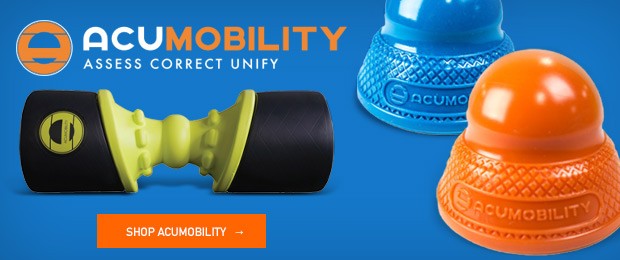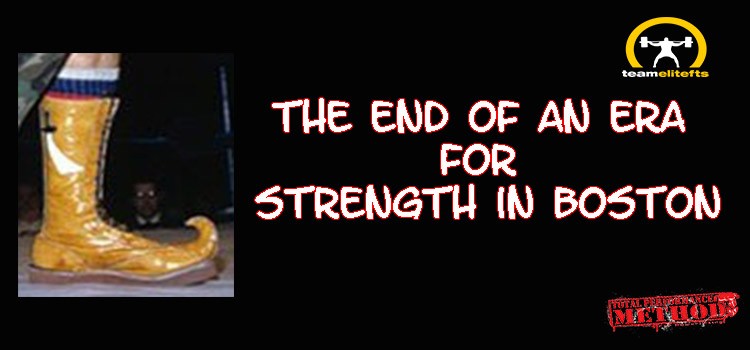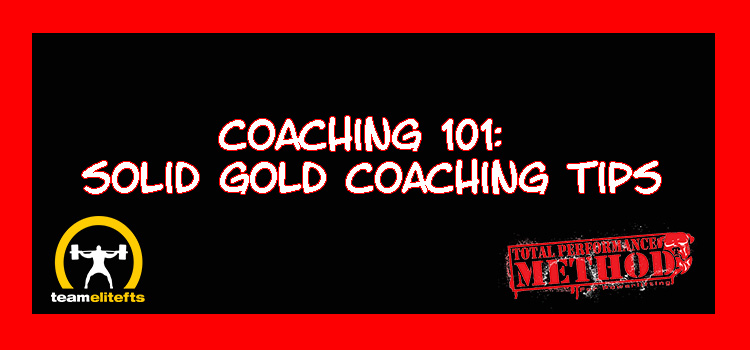
I’ve got a bit of solid gold Coaching tips today for you and it doesn’t matter if you are a coach, a personal trainer or a lifter who trains alone.
But as usual you’ll have to indulge me in a back story or skip past the first part.
All of my Coaching Logs either come from an experience I’ve had coaching actual living people, from my online Coaching portal (tpsmethod.com) or are things that I’ve observed or been asked. It’s all real.
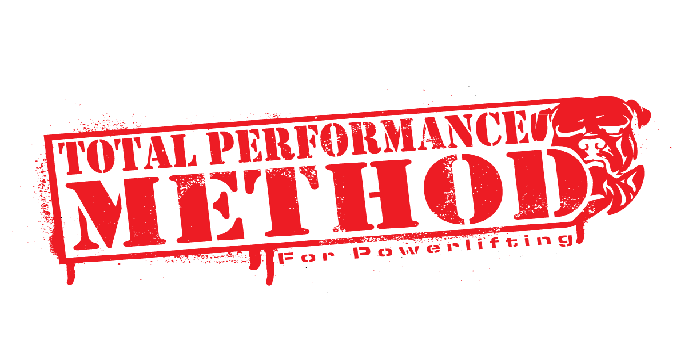
This one came in the other day on my site and it is something I meant to write about a loooong time ago.
I got the following question with an accompanying video of the lift:
“This is my first time squatting low bar.
I know the angle isn’t the best but I need help evaluating my squat form and tips on how to improve it. Am I putting the bar low enough on my back?
I know my heels keep picking up when I come up (it’s due to lack of ankle mobility), will squatting shoes help with that?
How can I also prevent the bar from slipping down my back when I sweat?”
We have three excellent questions from someone dedicated to getting better, but we also have a case of self diagnosis that may or may not be correct. Plus, much like traditional Western medicine there is a question of treating the symptom and not the cause (squat shoes).
DISCLAIMER:
I give this lifter all the respect and credit for working and trying to improve, remember, they are in my coaching forum, paying and asking for help-this is not a random internet shredding of someone. Rather, it is help that was ASKED for!
Let’s begin by saying that as I watched the video I saw a few things that I would not have allowed if I was coaching in person.
The lifter had a known technical issue-heels coming up in the squat and they tried to do something new. I feel it was not the best choice to learn a new, more advanced technique while the BASIC technique was flawed. However, I understand the mind of the newer lifter wanting to do more stuff!
In an attempt to correct the heels coming up, they placed plates under their heels. Sure this might work, but what if they spent more time fixing the root cause of the heel lift BEFORE trying something new?
Our lifter pointed out that poor ankle mobility was the cause of the heels coming up.
My response was:
“In 30 years of coaching, heels coming up is almost never ankle mobility. It’s a technique issue.”
And I stand by it. Had we been in the gym together I would have 99% proven it by having them simply sit on a box, not squat, just sit. Every single time I have done this (and it’s been too many to count) the person was able to sit without the heels coming up. When I do this drill with lifters I’ll lower the box to below squat depth and 99% of the time they can sit without the heels lifting.
In my experience, the heels lifting is a Rooting issue, a stance issue or both.
But how could they know, especially with all of the PRO LEVEL advice on Instagram?
Another thing I saw was the butt was coming up first in the squat which was expected for two reasons:
- They were standing on plates
- The grip was far too close
That’s a topic for a different article (which I already wrote but might again).
This lifter also asked about low bar and was it low enough.
Well, low bar is not for everyone and it’s not easy. I told her that it was low enough for now and I suggested that we work on the heels lifting before we switch to low bar.
Then we have the third issue, how do I keep it from sliding off my back?
Well, low bar tends to slide for those inexperienced with the technique so it is to be expected, especially with the other technical issues in play;
- Poor rooting
- Improper stance
- Hands too close
- Butt coming up first
IF YOU SKIPPED THE FIRST PART-HERE IS THE SOLID GOLD COACHNG TIPS
1. Fix on thing at a time
Our lifter wanted to improve. Awesome. But they had too many things going on at once.
I have found that it is best to work on one thing and fix it, then move on to the next.
It’s much easier for someone to make a small adjustment and see if it works, then continue small technique adjustments on the same flaw until the correction is now second nature.
It needs to be autonomic.
Fix one thing before moving on to the next.
2. Triage Triage Triage
You need to evaluate all of the issues going on and address the most important one first.
It’s just like in Emergency Medicine at a Mass Casualty event (although far less serious).
The 1st Responders go through the causalities and triage what is most important.
EG:
One person has a sucking chest wound and one has a broken finger.
Who gets treated first?
Yes. The most serious one.
Learn to identify what needs to be fixed first.
Fix it, then on to the next.
3. Find the cause of the problem, treat it, not the symptom.
In this case the most serious issue was the heels coming up, and this one is an easy fix, but also the most important. If your heels come up in a heavy squat the best case is that you MIGHT save the lift or the spotters catch you.
The worst case is you face plant and lose teeth or get decapitated by the bar.
This must be fixed first.
In our example, will squat shoes (Olympic Weightlifting) shoes help?
Maybe, maybe not.
The plates under her heels didn’t help, as a matter of fact, I think they hurt her after watching the video. They increased her dumping forward.
Adding new gear (shoes) is like Western medicine giving you drugs to treat a symptom rather than finding out why it is happening.
EG:
You go to the doc because your elbow hurts. They tell you to rest, ice and take NSAIDS. Sure this might work, but when you go back to your old level of activity it’s probably going to be back, especially if you are an athlete.
They should ask when does it hurt, what causes it and so on.
Same thing here.
As Coaches we need to know why the flaw is occurring and fix it.
If it truly is ankle mobility here, which I’d bet my most prized possession on that it’s not, assign specific ankle mobility work and retest after.
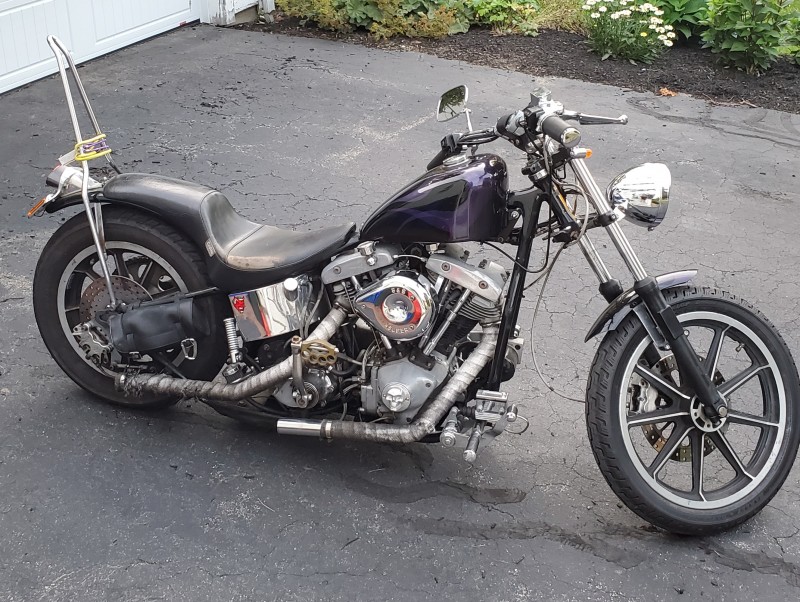
My most prized possession.
Summing up:
Fix on thing at a time
Triage Triage Triage
Find the cause of the problem, treat it, not the symptom.
As coaches we need to provide an environment where our athletes can thrive and learn in an easy to understand and repeatable manner. We need to set them up to succeed. Giving them one thing to work on does this, maybe not on their timeline, but making them understand the why of what we are doing will go a long way towards increasing buy in and make them better at what they are doing.
If they don’t understand the “why”, they will be less likely to do “how”.
3 simple and easy to understand Solid Gold Coaching Tips for you.
Use them.
Did you miss last week’s log?
Read it here.
Oh, yeah, follow us on Instagram too.
@TPSMalden
@tpsmethod
DM ME QUESTIONS THERE TOO!
You might be featured in a Coaching Log
And @tpsmethod
SHARE THIS!
#bostonsstrongest
Vincere vel mori
C.J. Murphy
May 27, 2021










